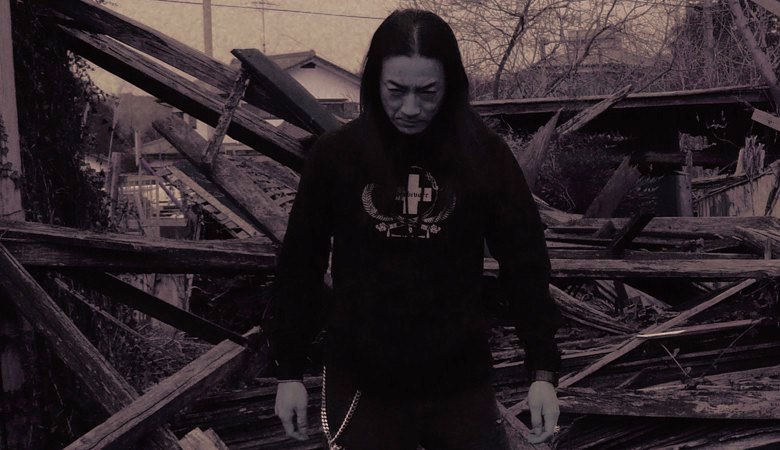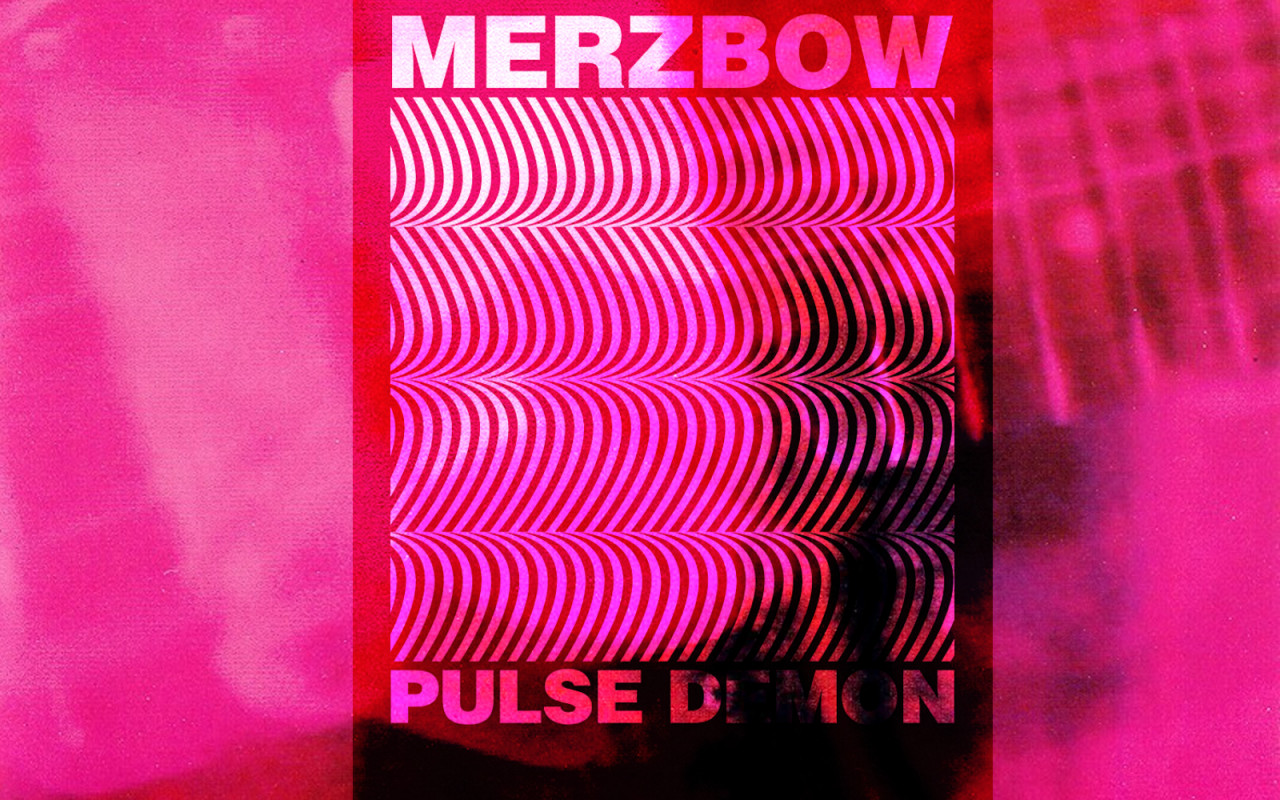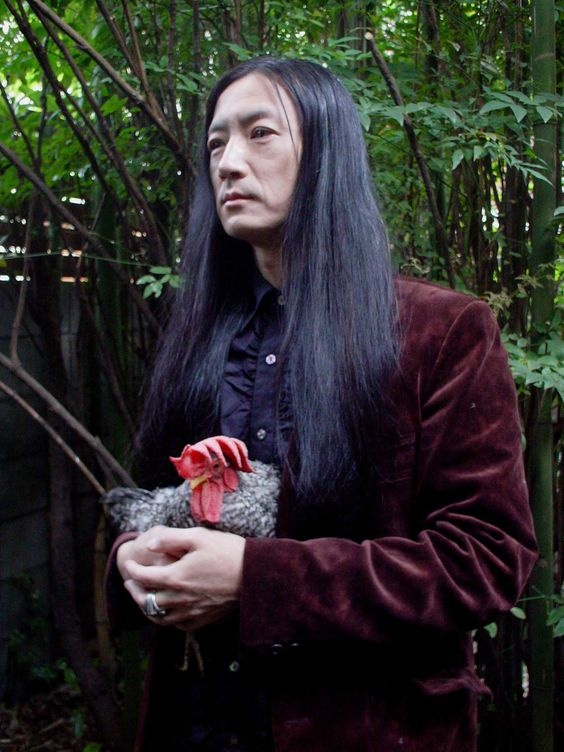

Pulse Demon is a seminal noise album released in 1996. It's widely regarded as one of the most extreme and influential works in the genre of harsh noise. Characterized by its relentless, abrasive soundscapes, the album offers a chaotic sonic assault that abandons conventional melody and rhythm. Instead, it immerses the listener in layers of densely packed noise, feedback, and distortion, creating an intense, visceral experience. Despite its confrontational nature, "Pulse Demon" has earned critical acclaim for its uncompromising vision, cementing Merzbow's legacy as a pioneer of experimental noise music.
How do you see the relationship between sound, space and composition?
It's always so thrilling to see what emerges after collisions of various sound elements. In the case of my work, I put an emphasis on how to combine or disrupt stillness and motion, construct a composition as it grows. Successful, if those elements bring tensions, otherwise it'd become plain and boring.
Animal Liberation
Musically, Merzbow is known for pioneering the noise genre, characterized by dense layers of distortion, feedback, and experimental soundscapes. In Animal Liberation, the harshness of the noise can be seen as a reflection of the aggression and violence against animals in industries like factory farming. The album's intensity mirrors Merzbow's passionate stance against cruelty.

"Peace for Animals" is another album by Merzbow, released in 2019. The album continues his longstanding theme of animal rights advocacy. Like much of Merzbow's work, it is characterized by his signature noise music, with dense layers of sound that can be abrasive but purposefully evocative. The title "Peace for Animals" reflects Merzbow's message of compassion and respect for non-human creatures, advocating for a world where animals are no longer exploited or harmed. This thematic consistency in his albums is deeply linked to his vegan lifestyle and his views on environmental conservation.
social and creative view
What's your view on the (e.g. political/ social/creative) tasks of artists today and how do you try to meet these goals in your work?
I think it's a wrong to consider opinions of artists as having some special meaning. Let's face it, some artists' statements are really barnacles. I myself agreeing to the idea of Vegan Straight Edge Animal Rights, and have been claiming the validity of the idea. I believe in it. So, when I see some contemporary artists calling their animal-abuse work as an art, I would be against it strictly.

Masami Akita, also known as Merzbow, is a key figure in the noise genre, influenced by Dada, surrealism, and found objects. His art draws from junk art, animal rights, and environmentalism. Akita’s recent works, like Merzbuddha and Merzbient, push the boundaries of noise into experimental soundscapes. His latest album, Cuts, a collaboration with drummer Balazs Pandi and saxophonist Mats Gustafsson, blends noise with free jazz, described by RareNoise as a "sonic assault." Even after 350 recordings and 17 books, Akita continues to explore new sonic possibilities, redefining what noise music can be.

